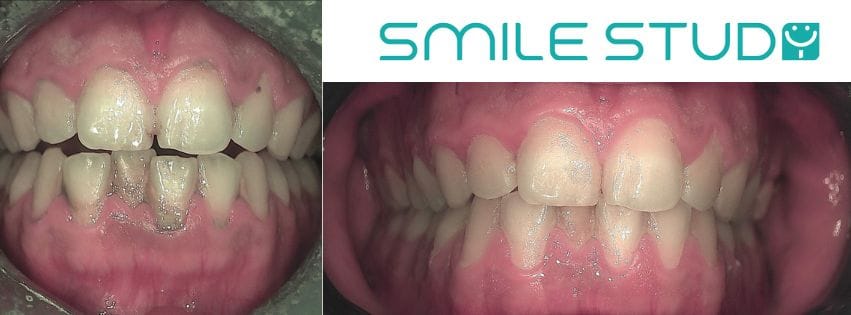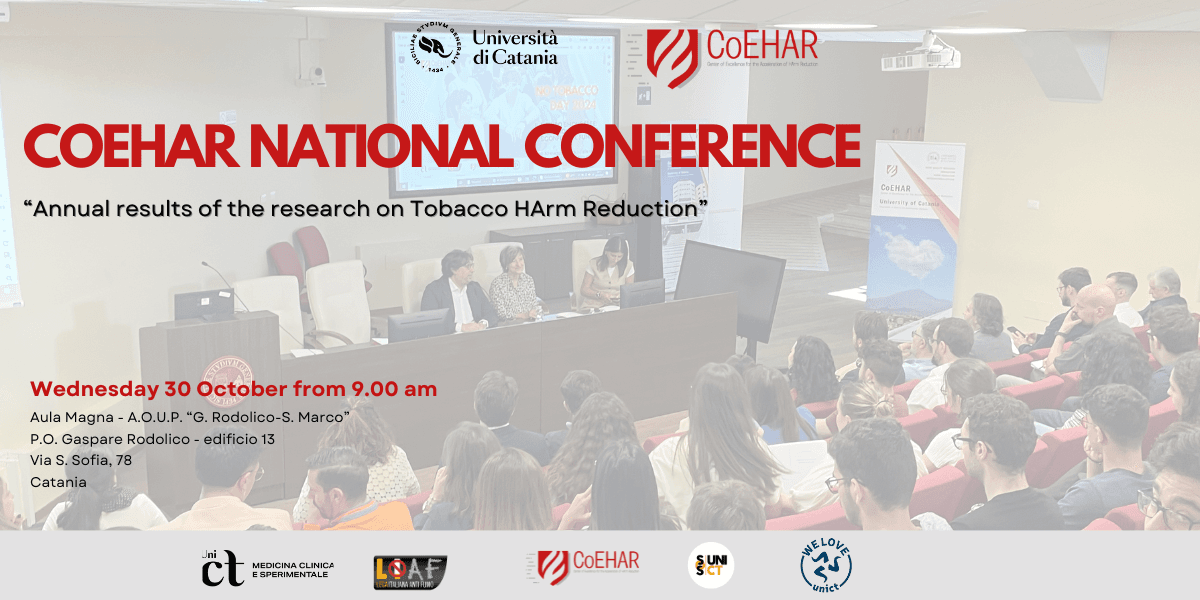The research team of the SMILE project has achieved another significant milestone: from the first study conducted to evaluate the impact of using electronic cigarettes and heated tobacco products on oral health, it emerges that these products reduce the accumulation of dental plaque compared to traditional cigarettes, contributing to the development of new scientifically valid paradigms in the global anti-smoking narrative.
Catania, 9 July 2024 – A healthy routine dedicated to oral hygiene is essential to counteract the onset of diseases that damage teeth and gums, which are often at risk due to incorrect habits, primarily cigarette smoking. It is proven that the harmful compounds released by tobacco combustion are among the risk factors for the accumulation of dental plaque, a biofilm composed of bacteria that develops on the tooth surface and can promote the onset of gingivitis and periodontitis.
The advent of combustion-free products, such as electronic cigarettes and heated tobacco products (ENDS), whose use poses a reduced risk to human health compared to traditional smoking, raises the question of whether these devices can also help reduce damage to mouth and teeth.
To provide effective and robust evidence supporting this thesis, an international team of experts launched the SMILE project, coordinated by COEHAR at the University of Catania, which aims to evaluate the impact of combustion-free products on oral health, using innovative technologies to identify and quantify changes in oral health parameters.
According to Dr. Giusy La Rosa, researcher at CoEHAR: “In our latest publication, we evaluated and quantified the accumulation of dental plaque in a group of exclusive users of electronic cigarettes and heated tobacco products (former smokers for at least 6 months), comparing it to that of 3 different groups, consisting of smokers, ex-smokers, and never-smokers. Our study design allowed us to conduct a thorough and objective assessment of plaque accumulation using cutting-edge technological tools that exploit the potential of light-induced fluorescence. Our analysis revealed that the use of alternative products significantly reduces plaque accumulation compared to smokers.”
The study included 136 subjects (30 smokers, 24 ex-smokers, 29 never-smokers, and 53 ENDS users): participants were asked to keep their oral hygiene habits unchanged, to assess whether there could be a correlation between these and plaque accumulation. Both daily tooth brushing and the use of mouthwash were found to be significant covariables. They were also asked to abstain from smoking or using other products in the two hours preceding the study for correct measurement detection. The smoking status was verified through carbon monoxide level tests, which provide an objective picture of the patients’ smoking habits.
During the visits, plaque accumulation was monitored through images captured by a high-definition camera using light-induced fluorescence technology, then transmitted to software that processed the photographs at the pixel level to identify plaque accumulated on the vestibular surfaces of the front teeth.
“The innovative results obtained from the SMILE project validate our previous research and shed new light on the possibilities presented in the field of oral health by modified-risk devices, which represent an additional tool in the hands of doctors, healthcare providers, and policymakers to reduce the impact of cigarette smoking globally. A narrative focused on the well-being and aesthetics of the smile, our first calling card in daily life, can be an additional incentive for all those smokers who, today, need new weapons to fight the deadly scourge of smoking,” explained Professor Riccardo Polosa, founder of CoEHAR.
Key Findings
- Lower Plaque Levels in ENDS Users
- Non-significant Differences in SOH Scores
- Impact of Oral Hygiene Practices
Methodology
This cross-sectional study involved 136 participants divided into four groups:
- Current smokers (≥10 cigarettes/day)
- Former smokers (quit ≥6 months)
- Never smokers
- Exclusive ENDS users, ECs and HTPs combined (quit ≥6 months)
Conclusion
The exclusive use of ECs or HTPs may be associated with reduced dental plaque and calculus accumulation compared to conventional cigarette smoking, suggesting a potentially less harmful impact on oral health. These findings could be particularly compelling for smokers concerned about dental hygiene and related issues such as bad breath.





